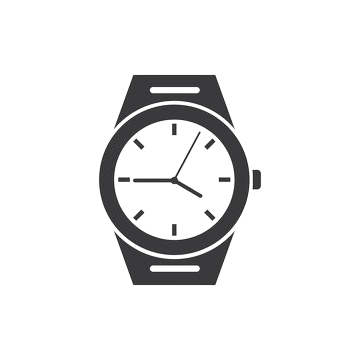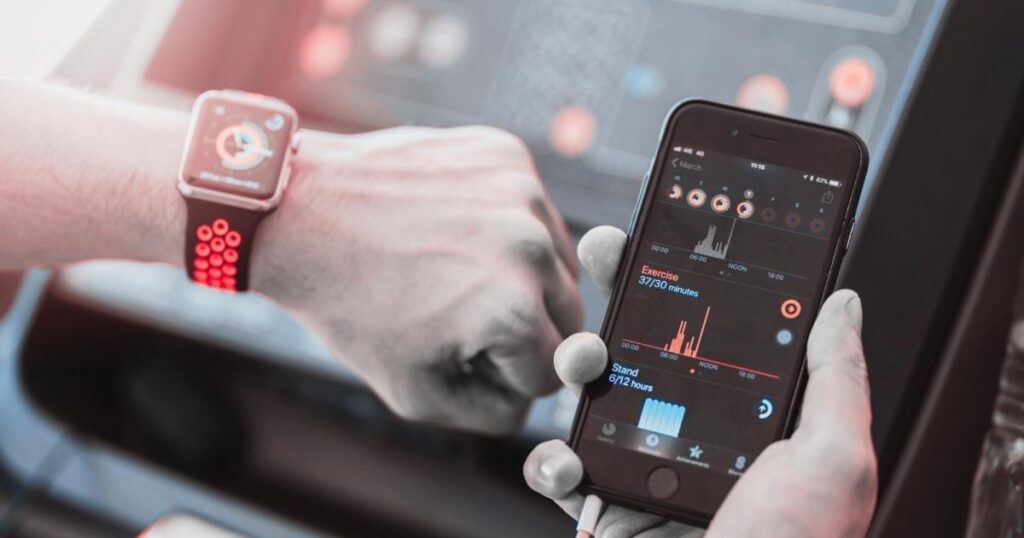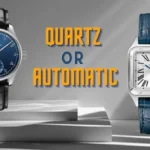Introduction
In the world of timekeeping, the convergence of tradition and technology has sparked a dynamic evolution in the watch industry. Traditional watches, revered for their craftsmanship and timeless appeal, are facing a transformative era with the advent of wearable technology. This article explores how wearable technology, particularly smartwatches, has impacted traditional watches, shaping consumer preferences, technological advancements, and the future landscape of horology.
Traditional Watches: A Legacy of Craftsmanship
Traditional watches, whether mechanical or quartz, have long been cherished for their precision, artistry, and heritage. Crafted by skilled artisans, these timepieces embody elegance and durability, often passed down through generations as heirlooms. The craftsmanship involved in traditional watchmaking emphasizes intricate movements, exquisite materials, and meticulous assembly, distinguishing each piece as a work of art.
The Rise of Wearable Technology
In contrast, the 21st century has witnessed the rise of wearable technology, led primarily by smartwatches. These devices integrate advanced functionalities beyond timekeeping, such as fitness tracking, notifications, and even communication capabilities. Smartwatches are powered by microprocessors, sensors, and connectivity features, transforming them into multifunctional gadgets that resonate with modern lifestyles.
Consumer Shifts: Preferences and Expectations
The emergence of smartwatches has catalyzed shifts in consumer preferences. While traditional watches evoke nostalgia and prestige, smartwatches appeal to tech-savvy individuals seeking connectivity and convenience. Millennials and Gen Z, in particular, gravitate towards smartwatches for their versatility and integration with smartphones, aligning with their digital-centric lifestyles. This demographic shift has prompted traditional watchmakers to innovate and adapt to changing market dynamics.
Technological Advancements in Traditional Watches
To remain competitive, traditional watchmakers have embraced technological advancements without compromising their core craftsmanship. The integration of quartz movements, enhanced materials, and innovative complications reflects a synergy of tradition and modernity. Moreover, traditional watch brands have incorporated smart features such as Bluetooth connectivity and fitness tracking into their designs, offering hybrid models that bridge the gap between analog charm and digital functionality.
Challenges and Opportunities for Traditional Watchmakers
Despite the allure of smartwatches, traditional watchmakers face distinct challenges. The rapid pace of technological innovation necessitates continuous adaptation and investment in research and development. Additionally, smartwatches’ mass production and affordability pose competitive pressures on luxury watch brands, compelling them to differentiate through heritage, exclusivity, and bespoke craftsmanship. However, this evolving landscape also presents opportunities for collaboration, where traditional watchmakers partner with tech companies to leverage expertise and expand their market reach.
Cultural and Societal Implications
Beyond technological impacts, wearable technology has influenced cultural perceptions of timekeeping and personal style. Smartwatches promote a tech-forward image, blending functionality with fashion in an increasingly interconnected world. Conversely, traditional watches symbolize tradition, craftsmanship, and status, appealing to connoisseurs and collectors who value authenticity and heritage. These contrasting narratives reflect broader societal shifts towards individualization and personal expression through choice of timepiece.

The Future of Horology: Integration and Innovation
Looking ahead, the future of horology lies in integration and innovation. Smartwatches are expected to evolve with advancements in AI, biometrics, and sustainability, offering enhanced user experiences and ecological benefits. Meanwhile, traditional watches will continue to captivate enthusiasts with artisanal craftsmanship, limited editions, and bespoke services that underscore their timeless allure.
Conclusion
In conclusion, the impact of wearable technology on traditional watches underscores a transformative period in horology. While smartwatches cater to digital lifestyles and technological integration, traditional watches uphold heritage, craftsmanship, and timeless appeal. The coexistence of these divergent philosophies enriches the watch industry, offering consumers a spectrum of choices that reflect personal values, lifestyles, and aspirations. As technology evolves and consumer preferences evolve, the synergy between tradition and innovation will define the future landscape of watchmaking, ensuring that both traditional and smartwatches continue to thrive in an ever-changing world.
This article encapsulates the evolving relationship between wearable technology and traditional watches, highlighting their respective influences, challenges, and opportunities within the broader context of horology.
3.5



